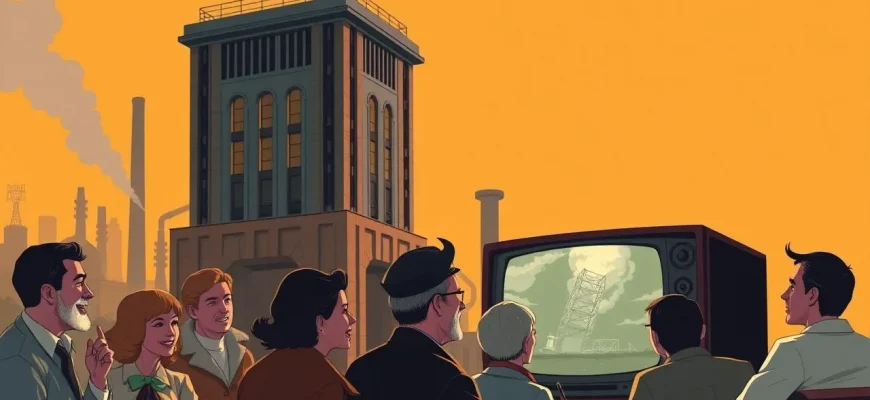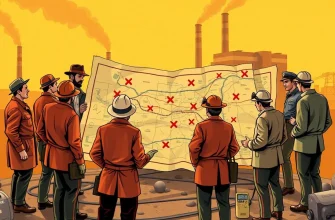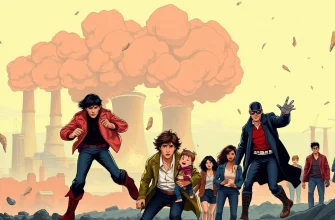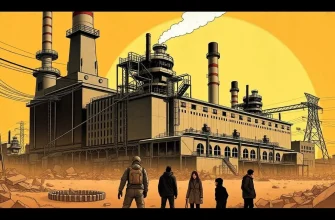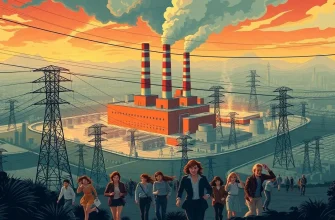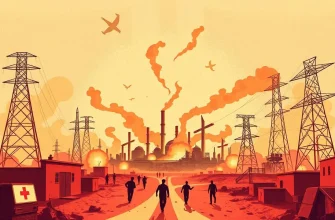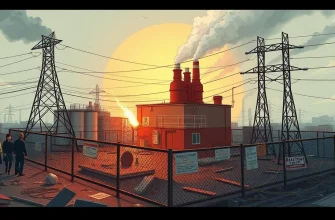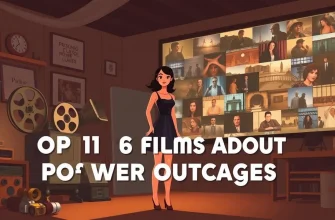In an era where energy resources are increasingly scarce, films about energy crises have become more than just entertainment; they're a reflection of our fears and hopes for the future. This curated list of ten disaster films delves into various scenarios where energy shortages lead to catastrophic events, offering not just thrilling narratives but also food for thought on our reliance on energy. From apocalyptic futures to tense real-time dramas, these films provide a cinematic exploration of what could happen if our energy systems fail.
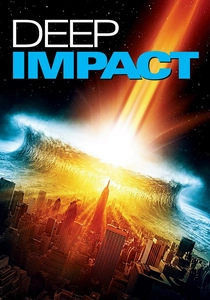
Deep Impact (1998)
Description: While primarily about a comet strike, the film also explores the societal breakdown due to energy shortages as the world prepares for the impact. It's a poignant look at how energy crises can exacerbate other global disasters.
Fact: The film was released in the same year as another comet/asteroid disaster movie, "Armageddon," leading to comparisons between the two.
 Watch Now
Watch Now
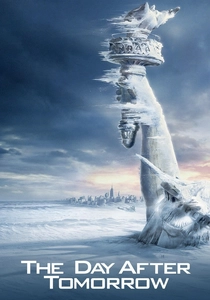
The Day After Tomorrow (2004)
Description: This blockbuster film imagines a world where climate change triggers a new ice age, causing widespread energy failures and societal collapse. It's a stark reminder of how interconnected our energy systems are with the environment.
Fact: The film was inspired by the book "The Coming Global Superstorm" by Art Bell and Whitley Strieber. It was also one of the first major films to address climate change in a mainstream way.
 Watch Now
Watch Now
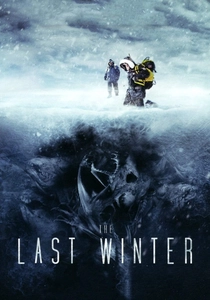
The Last Winter (2006)
Description: This film deals with an oil drilling operation in the Arctic, where strange phenomena occur, suggesting a supernatural response to human energy exploitation.
Fact: The film was shot in Alaska, providing a chilling backdrop to its eerie narrative.
 Watch Now
Watch Now
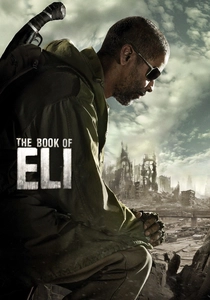
The Book of Eli (2010)
Description: In a post-apocalyptic world, energy is scarce, and the film explores how this scarcity affects society, with Eli's journey highlighting the importance of knowledge and energy in rebuilding civilization.
Fact: Denzel Washington performed many of his own stunts in the film.
 Watch Now
Watch Now
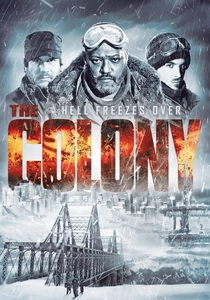
The Colony (2013)
Description: Set in a post-apocalyptic world where survivors live underground due to a global energy crisis, this film explores the struggle for survival when energy resources are nearly depleted.
Fact: The film was shot in Toronto, Canada, and used real snow for its icy, post-apocalyptic setting.
 Watch Now
Watch Now

The Divide (2011)
Description: After a nuclear explosion, a group of survivors takes refuge in a basement, facing not only radiation but also the lack of energy, leading to a psychological and physical breakdown.
Fact: The film was shot in a real basement in New York City, adding to its claustrophobic atmosphere.
 Watch Now
Watch Now
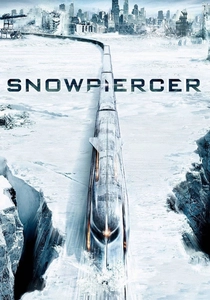
Snowpiercer (2013)
Description: In this film, a failed attempt to stop global warming leads to a new ice age, with survivors living on a train powered by a perpetual motion engine, highlighting the dire consequences of energy mismanagement.
Fact: The film was directed by Bong Joon-ho, who later won an Academy Award for "Parasite."
 Watch Now
Watch Now
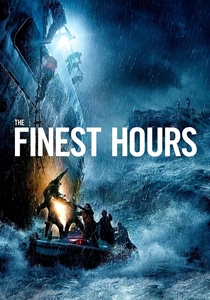
The Finest Hours (2016)
Description: Although primarily a rescue story, the film's setting during a massive storm highlights the vulnerability of energy systems during natural disasters.
Fact: The film is based on a true story from 1952, where the Coast Guard performed one of the most daring rescues in its history.
 Watch Now
Watch Now
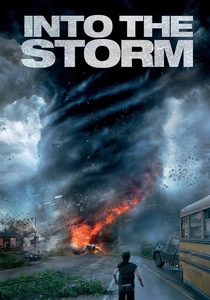
Into the Storm (2014)
Description: While focusing on tornadoes, the film also touches on the chaos that ensues when energy infrastructure is destroyed, leading to a lack of power and communication.
Fact: The film used real storm chasers and meteorologists as consultants to ensure the accuracy of the storm sequences.
 Watch Now
Watch Now
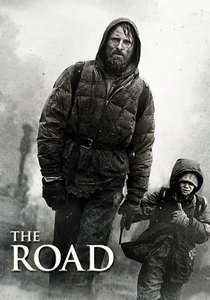
The Road (2009)
Description: Although not explicitly about an energy crisis, the bleak, post-apocalyptic setting suggests a world where energy has failed, leading to a breakdown of society and a desperate fight for survival.
Fact: The film is based on the Pulitzer Prize-winning novel by Cormac McCarthy, and Viggo Mortensen lost 30 pounds for his role.
 30 Days Free
30 Days Free

